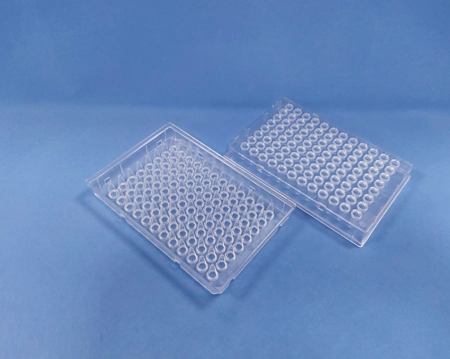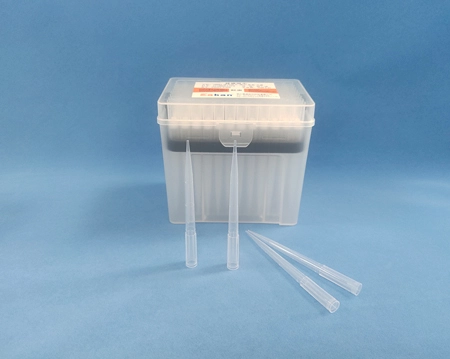10 Tips For Correct Pipetting
Undoubtedly, pipettes are one of the important tools for biological research. They have multiple designs and are used in countless research fields. Although many liquid handling guidelines emphasize the importance of pipette maintenance, pipette techniques are equally important. Below, we will share some usage methods of pipettes and 10 tips for pipetting operations to improve your pipetting skills.
1. Choose the appropriate pipette and pipette tips: The matching degree between the pipette and the tip is the key to the accuracy of the pipette. If the tip and the pipette do not match, or if a poor quality tip is used, it may affect the sealing performance between the tip and the pipette. A good pipette tip ensures proper sealing, thereby minimizing sample loss caused by leakage.
2. Calibrate the pipette appropriately based on the density of the liquid: If the density of the liquid differs significantly from the water density, please recalibrate the pipette. If you are removing viscous liquid, please make sure to transfer it at a slower speed and work in reverse pipette mode. When transferring volatile liquids, it is necessary to quickly transfer the liquid and use a reverse pipette mode.
3. Pre wetting pipette tips: To reduce liquid loss on the wall, pre wetting pipette tips at least 3 times. By using this wetting method, it helps to establish temperature balance and bring humidity into the drying space within the pitte tips. Skipping this step may affect the accuracy of the distribution volume due to evaporation or liquid retention.
4. Correct aspiration: Replace the pipette tips
Immerse below the liquid surface. When aspirating, the pipette tips, such as low retention filter tips and automation pipette tips should not be immersed too deeply in the liquid, and it is advisable to stay in the liquid for about 1 second, as immersion too shallow or too deep may lead to inaccurate aspirating.
5. Pause after each aspiration: Slow, uniform, and sudden release helps reduce error occurrence. Especially important when handling viscous liquids. Try to pause continuously for one to two seconds after each aspiration as much as possible to keep the liquid level stable within the pipette tips.
6. In the use of the pipette, it is also necessary to pay attention to the tilt angle of the pipette. At the same time, during operation, pay attention to the tilt angle of the pipette, try to ensure vertical suction, and maintain a tilt angle range of no more than 20 °. When aspirating, try not to touch the container wall, especially when handling trace samples.
7. Adjust to the appropriate gear: Use consistent and stable speed and pressure when handling the pipette and sample. In the design of Rainin pipette, to ensure the accuracy of pipetting, two gears are set: first and second. You can choose the appropriate gear for pipetting according to your experiment and usage habits.
8. Pay attention to temperature: If your experiment allows, please ensure that the pipette, pipette tip, and liquid are all at room temperature. Temperature and pressure changes can also cause the air inside the pipette tips to contract or expand, which may affect the accuracy of liquid distribution. In addition, try to avoid excessive handling of pipettes and pipette tips, as your body temperature may also affect the amount of fluid dispensed. After the pipette operation is completed, it can be placed on the pipette bracket and should not be placed randomly on the experimental bench.
9. Daily maintenance and upkeep: Instrument calibration and daily maintenance are also effective methods to extend the lifespan of the pipette. Therefore, it is recommended to regularly clean and maintain the pipette weekly or monthly to improve its accuracy.
10. Develop good habits of pipette operation: The cultivation of pipette operation habits is often overlooked, which not only includes correct and proficient skills in using the pipette, but also the posture of the pipette experiment. If the pipette posture is incorrect and repeated for a long time, it may cause tension or even muscle strain to your muscles. To solve this problem, you can choose a pipette that conforms to human engineering mechanics, Develop good habits of liquid transfer operations, etc.
I hope the above summary of the usage methods of pipettes can be helpful to you. The 10 tips for pipetting can be helpful to you
 English
English  中文
中文  日本語
日本語  한국어
한국어  français
français  Deutsch
Deutsch  Español
Español  italiano
italiano  русский
русский  português
português  العربية
العربية  tiếng việt
tiếng việt 


